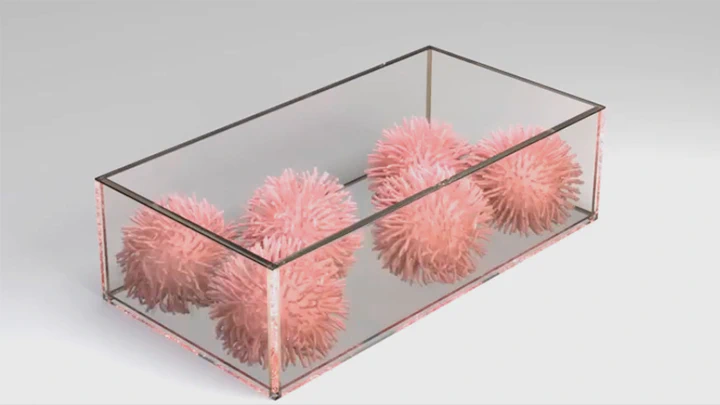Medial Elastics: Efficient and Collision-Ready Deformation via Medial Axis Transform
Apr 1, 2020·,,, ,,,·
0 min read
,,,·
0 min read
Lei Lan
Ran Luo
Marco Fratarcangeli
Weiwei Xu
Huamin Wang
Xiaohu Guo
Junfeng Yao
Yin Yang

Abstract
We propose a framework for the interactive simulation of nonlinear deformable objects. The primary feature of our system is the seamless integration of deformable simulation and collision culling, which are often independently handled in existing animation systems. The bridge connecting them is the medial axis transform (MAT), a high-fidelity volumetric approximation of complex 3D shapes. From the physics simulation perspective, MAT leads to an expressive and compact reduced nonlinear model. We employ a semireduced projective dynamics formulation, which well captures high-frequency local deformations of high-resolution models while retaining a low computation cost. Our key observation is that the most compelling (nonlinear) deformable effects are enabled by the local constraints projection, which should not be aggressively reduced, and only apply model reduction at the global stage. From the collision detection (CD)/collision culling (CC) perspective, MAT is geometrically versatile using linear-interpolated spheres (i.e., the so-called medial primitives (MPs)) to approximate the boundary of the input model. The intersection test between two MPs is formulated as a quadratically constrained quadratic program problem. We give an algorithm to solve this problem exactly, which returns the deepest penetration between a pair of intersecting MPs. When coupled with spatial hashing, collision (including self-collision) can be efficiently identified on the GPU within a few milliseconds even for massive simulations. We have tested our system on a variety of geometrically complex and high-resolution deformable objects, and our system produces convincing animations with all of the collisions/self-collisions well handled at an interactive rate.
Type
Publication
ACM Trans. Graph. (SIGGRAPH), 39(3)